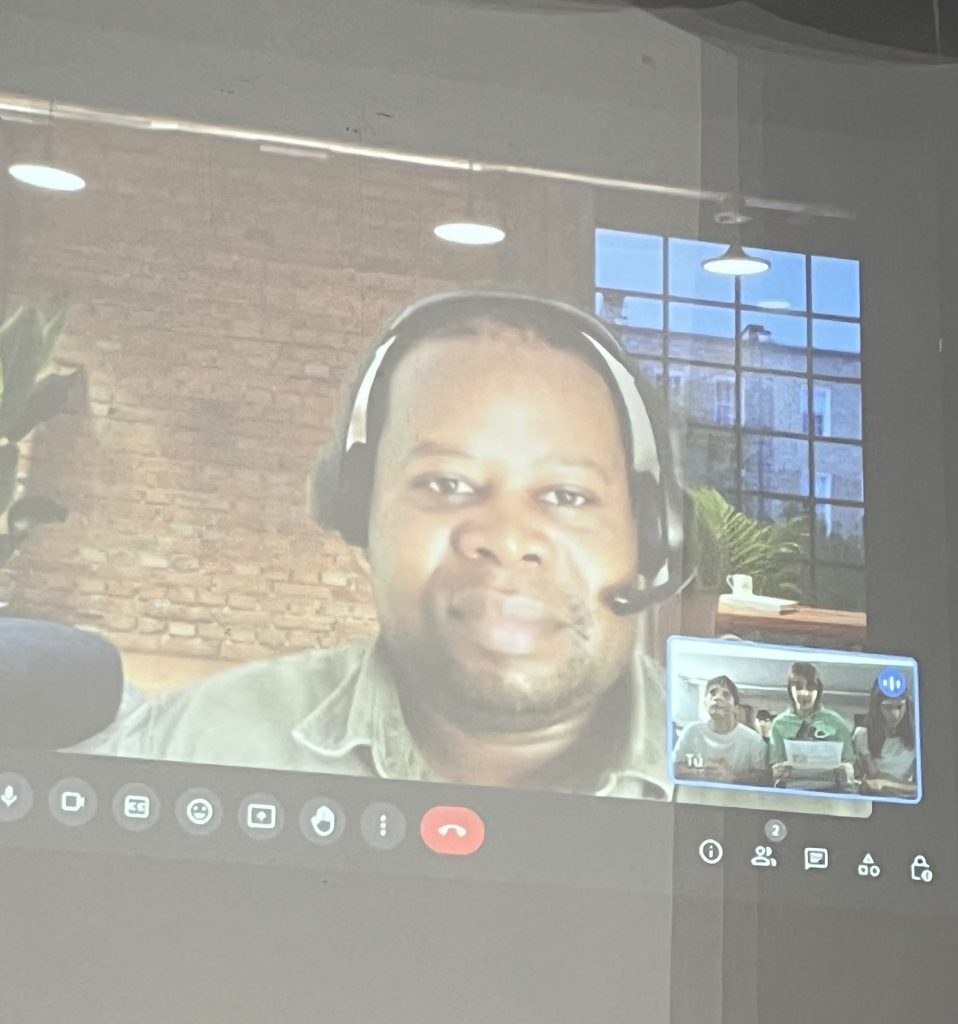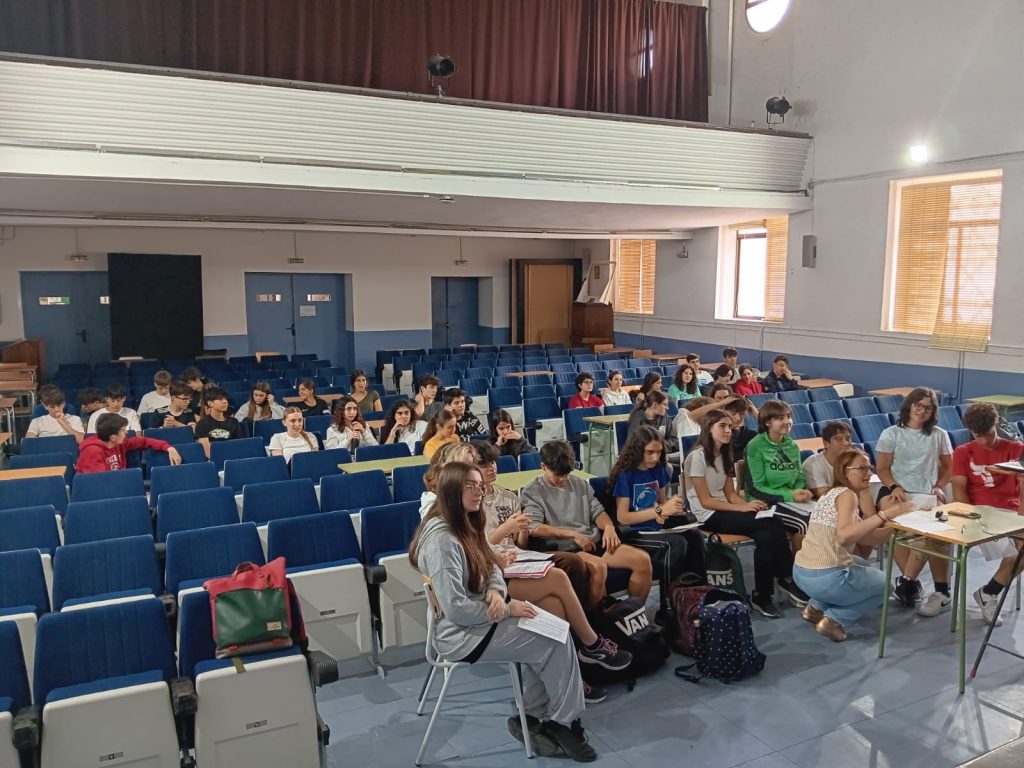After an intense year working in the preparation of scientific articles for Aulachek, we were concerned about finding examples of research not only in the scientific and technological field but also in fields far removed from these, such as social sciences and humanities research.

While researching online, we came across an article in the prestigious newspaper The New York Times by P. Mac Carron and Ralph Kenna from the University of Coventry, entitled «If Achilles used Facebook». This article describes the use of mathematical techniques to characterize the structure of social groups and shows the application of these techniques to the study of social structures found in two important literary works: the classic «The Iliad» and the more recent Harry Potter saga.
The conclusion of the study was that the social structure described in «The Iliad» is much more realistic than the one depicted in the Harry Potter novels. Furthermore, these types of studies have been expanded to the research field of mythology and they have investigated cases such as Beowulf and the myth of Ossian.
In this context, we contacted one of Prof. R. Kenna’s collaborators, Dr. J. Yosé, who kindly agreed to grant us an interview that allowed us to discuss with him about the applications of mathematics in characterizing social groups (including social networks) in current times, as well as its application in linguistics and mythology.
In this article, we will highlight the most important points of our online conversation with Professor Yosé.
We had the chance to ask him many things we were curious about when we started investigating their interesting study. We asked them how they got the idea for the research. He explained to us how around ten years ago, a group of people from various fields of knowledge (mathematicians, staticians, physicists, etc) were inspired by other physicists like Einstein, for instance. Einstein used to say that “curiosity is more important than knowledge”, so he said that their study was inspired by curiosity and the notion that we have universal properties. Can we solve a problem from a specific field of knowledge using the specific methodology of a different field? Under this premise, they wanted to prove how other fields of knowledge could be applied in “places” in which they had not been applied before.

“The Iliad”, “Beowulf” are very long books… Did they have to read all the books in order to do the research? Yes, he actually told us it took him two weeks to read “The Iliad», but that was just the start. After that first time, he read it again, and that second time took him around five or six months in order to collect the data they needed for the research. This way, the data was ready for analysis in approximately seven months. Currently, they are creating a network using Natural Language Processing (NLP). With this Artificial Intelligence, they are trying to gather the data automatically with computers while the person is reading the book.
From that first step of gathering the data, it took them two years to publish the work. They wrote up the analysis, the discussions, they asked for collaboration with professors with other specialities like humanities, psychology, history… It was hard to get all those people on board, and the process was long ( reading the books, extracting the data, analysing, defining a theory, discussing the methodology, writing results and an introduction, and finishing with the abstract) So, after all, two years to get the work published wasn’t too much!
During the conversation, he repeated the word “collaboration” many times. He told us how, when he studied Mathematics, imagined himself working in this field for all his life. But when he joined this research team, he found out how he could use the mathematician methodology to work in fields of knowledge totally different to Maths. How could he have imagined that he could use his mathematician knowledge to prove if the idea of the Irish epic “Tain Bo Cuailng” had been stolen from another author? He said that the answer to many problems in our society is interdisciplinarity.
He also talked about hard work. Specifically, when asked about the algorithm they created in order to do the research, he told us the algorithm didn’t come at once just from sitting down. It was a hard process taking them three years to perfect the algorithm. It was created in order to understand if a story like “The Iliad» had a historical basis, and then to prove if myths were based in reality. But also, that algorithm had other possibilities in social networks, apart from the one for the investigation. He told us how, for instance, it can detect if a message sent to you in a social network is positive or negative, and then it can automatically be deleted. Using sentiment analysis, it can extract information from messages and predict the emotions they create.
He finished encouraging us to research, to investigate, and mostly, to understand that collaboration and interdisciplinarity are essential in our society today. According to Professor Yosé, collaboration between knowledge is the key to understanding and analyzing problems today.
Thank you Professor Yosé. The conversation with you provided us with a unique opportunity to engage with an esteemed professional in this field of interest. Your willingness to share your knowledge, experiences, and perspectives left an impact on our understanding and aspirations. Thanks so much!
Alumnos de 4º de ESO B, C Y D
